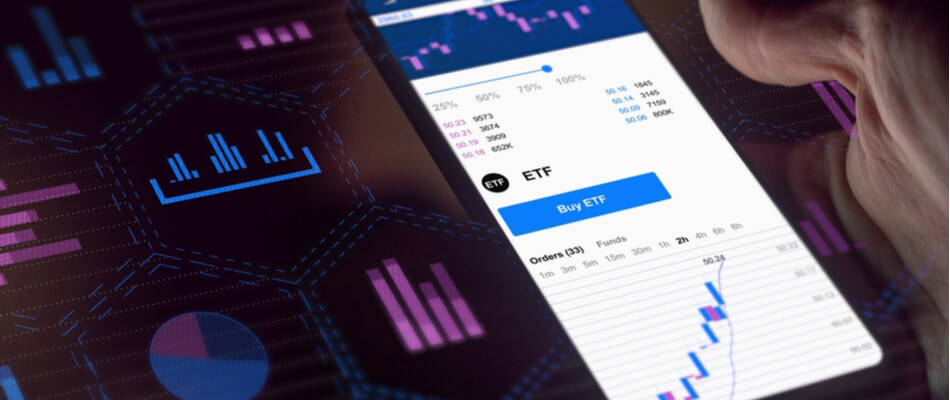Commodities and ETFs
In the case of commodities, which include precious metals, you may not actually speak of ETF (exchange traded fund). You then speak of ETC (exchange traded commodity). But ETF is an abbreviation that is used by a growing number of investors to also indicate these financial products.
The price that is linked to a certain type of raw material can often be predicted well on the basis of economic data. For raw materials and precious metals, there is a break-even price. Below a certain minimum price, miners and suppliers get into financial trouble and that point provides a break-even price. The large price movements in the short term make raw materials an attractive financial product for active investors. Extensive information about these raw materials and how to invest in them can be found in the knowledge base .
ETF Physical Gold ETF
Gold is a tangible product and is stored and kept in vaults. Speculators can succeed in making the gold price 2x or 4x as big and that in a few years.
ETF Physical Silver ETF
Gold and silver are related to each other to a certain extent. Silver is better to speculate on than gold, because the price movements can be large and the price of silver can even rise or fall twice as fast, compared to the price of gold. High returns can therefore be achieved with physical silver.
ETF Copper
Copper is used mainly in the industrial sector. The price of copper can also double or halve in a few years. The demand for copper and the dependence on the economy determine the price to a considerable extent, which makes it easy to predict.
ETF Brent Oil
Different oil prices are used. We make a distinction between Brent Oil and WTI oil. It is important to see that the powerful influence of the OPEC cartel is no longer decisive and in which situations the oil price can go up and when it is time to get in.
ETF Natural Gas ETF
Gas ETF is interesting to buy if there are opportunities to be seen in the oil trade. The price movements for oil and gas are almost the same in the long term, but in the short term this is different. In one day, large swings can be seen in the oil and gas prices.
Lyxor Commodities CRB Thomson Reuters / Corecommodity UCITS ETF
The above term represents all commodities and basic materials contained in one ETF. This is also the ETF that is related to the entire economy. You can use this investment product to invest in gas, oil, gold, aluminum, cattle, and agricultural products such as sugar, corn, cotton, cocoa, soy and coffee in one go.

ETF Coffee
Trading in coffee as an investment product is very attractive, because large profits can often be achieved, which can be three times the initial price. Sometimes you have to give it some time. It is therefore important to see what can cause the price of coffee to rise explosively.
ETF Cotton
The cotton price is sometimes quite subject to price fluctuations. This is because the cultivation of cotton can be threatened in various ways. For example, in a few years the price can quadruple due to a small harvest in combination with speculation.
ETF Wheat
This indicates the wheat ETF, an important component of bread. This also explains why the wheat price cannot go up so much. It is a solid financial product to use a few times a year to achieve a return on 20 to 30% of your investment capital. It is smart to sell these ETFs in time.
ETF Corn
The corn used for human consumption is the determining factor for this ETF, not the corn for animal feed. Returns of 200% to 300% can be achieved in one year. On the other hand, significant losses are also possible with ETFs Corn.
ETF Sugar
The Sugar ETF is determined by sugar as a consumer product and as a raw material for the production of ethanol. The price of sugar is currently linked to the price of oil. There are strong changes in demand and supply, resulting in strong price fluctuations of up to 400%.
Compare brokers and start investing in commodities
Are you excited about investing in commodities via an ETF after reading this article? Compare brokers where you can trade in commodities with an ETF and find the broker that suits you best!